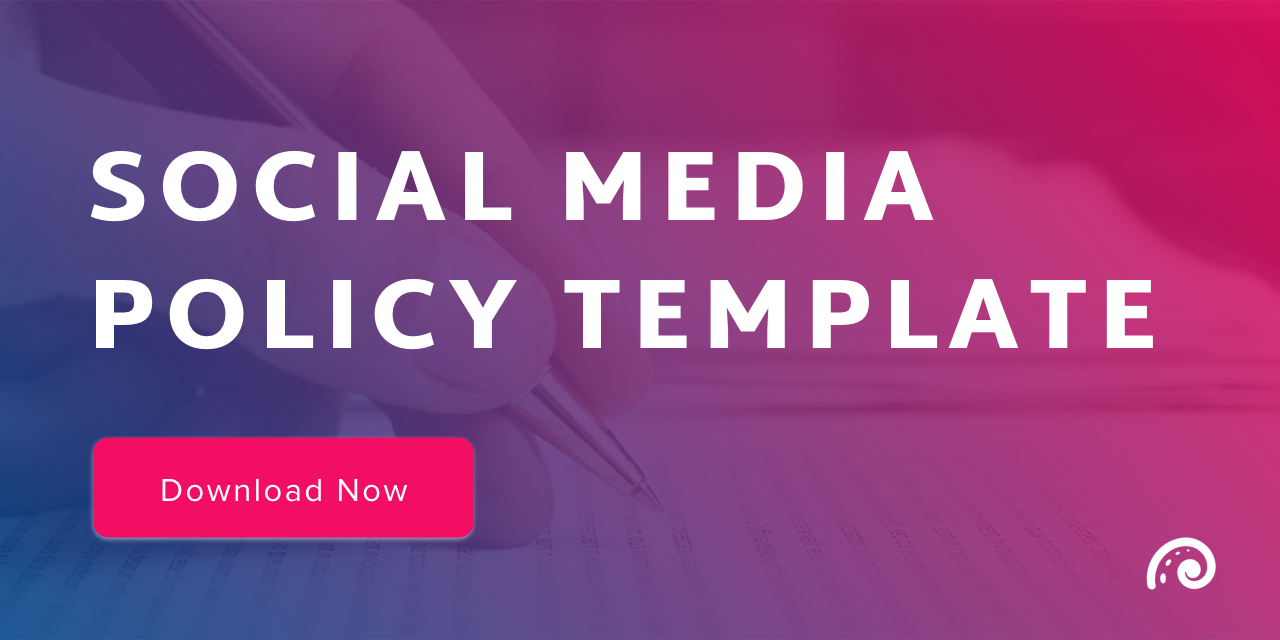
What Your Social Media Policy Should Look Like
As social media becomes an integral part of your B2B marketing strategy, having a formal social media policy is not a question but a must.
Not only does it prevent employees from misusing your channels, but it also protects your brand reputation from damage. Controversial posts, employee leaks of sensitive information, and defamatory social media messages are all examples of activities that could potentially harm your brand’s online reputation.
In light of these risks, developing a social media policy keeps your brand intact while encouraging responsible employee participation. A formal policy clearly outlines the rules governing how a company and its employees should conduct themselves online.
Having such a policy ensures that every employee, regardless of his or her position, uses their social accounts in a professional and appropriate fashion. Additionally, a policy helps you limit costly legal problems and prevent poorly-judged-or-timed social media activity
Your social media policy should address the following:
- A formal definition of a social media policy and the reason for its existence. This can be helpful to anyone who’s new to the idea and needs a quick overview.
- The scope of the social media policy. This should cover all the social networks that your company is currently using. It should also address the types of information that a company may post on social media, e.g., photos, marketing collateral, customer information, etc.
- General recommendations and guidelines for social media usage. This part should provide a high-level overview of best practices and prohibited behavior that employees should follow or avoid when using their company’s or personal social accounts, e.g., avoiding conflicts online, and correcting personal mistakes.
- Use of company social accounts. This section should dive deeper into the goals that define your social media strategy (and how employees can meet them). It should then highlight the roles and permissions guiding your policy by including the names of those who are permitted access and ongoing management of your social accounts.
- Use of social media for employee advocacy. If you’re like many companies who are embracing an employee advocacy program (or you plan to implement one in the future), this is the part where you develop a set of mutually agreed-upon guidelines. These guidelines are meant to help employee advocates understand social media’s dos and don’ts as they help promote and shape your company’s image.
- Inappropriate use of social media. Whether the social media account is personal or under a company name, the policy should underscore which activities are frowned upon. These may include illegal activity, sharing confidential information, harassment, etc.
- Policy enforcement. Your social media policy would not be complete without addressing how to educate employees about the policy and what happens when an employee violates the given social media guidelines—are employees terminated? Are they given a warning? You decide on the appropriate action!
Where to Begin?
Don’t worry about starting from scratch. We’ve already created this template for your convenience. All you have to do is fill in the custom fields with your company name, goals, and roles – and the rest is completed for you!



